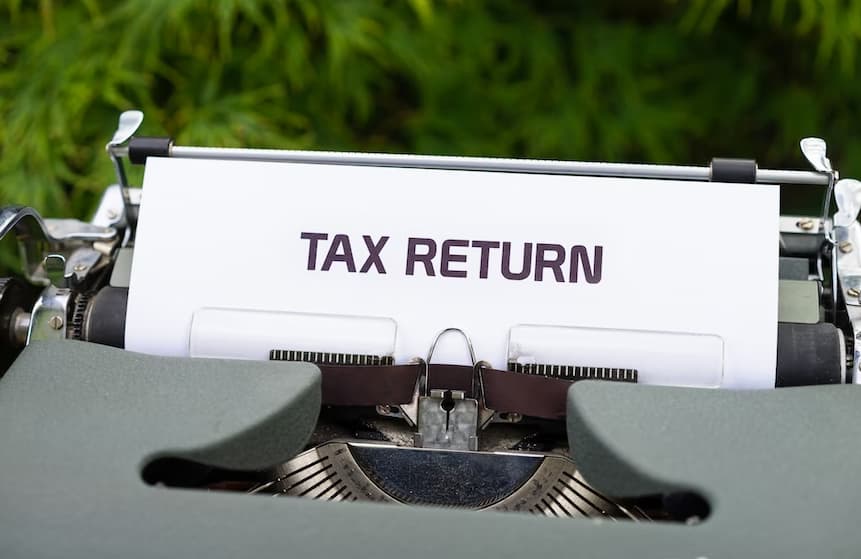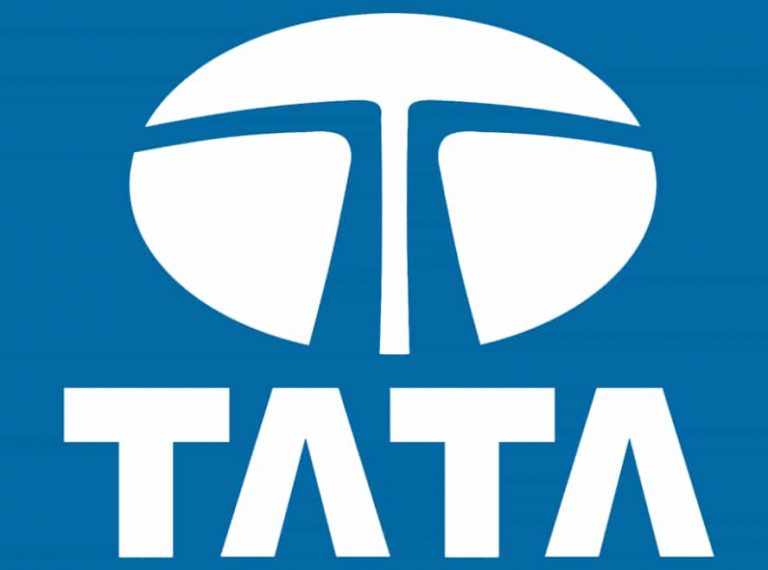Best Method to Save Tax in India in FY 2021-22 – Here are five investment schemes in India that can help you save more money and reduce your taxes.
India offers a variety of investment schemes that can help individuals save money, achieve their financial goals, and receive tax benefits. These tax breaks can reduce an individual’s overall tax burden and increase their return on investment. In this article, we will introduce five investment options that offer tax benefits in India.
Best Method to Save Tax in India in FY 2021-22

-
Public Provident Fund:
The Public Provident Fund (PPF) is a long-term savings program run by the government of India. Contributions to a PPF account are made with money that has already been taxed, but the interest earned on the account is tax-free. Additionally, contributions to a PPF account can be claimed as a tax deduction under Section 80C of the Income Tax Act. The maximum annual contribution to a PPF account is Rs 1.5 lakhs.
The PPF has a lock-in period of 15 years, during which time the account holder cannot withdraw any of the funds. After the lock-in period, the account holder can choose to either withdraw the funds or continue to keep the account open and earn tax-free interest on their savings.
-
National Pension Scheme:
The National Pension Scheme (NPS) is a pension program run by the government of India. Contributions to an NPS account are made with money that has not yet been taxed, which reduces an individual’s taxable income for the current year. Contributions to an NPS account are also eligible for a tax deduction under Section 80C of the Income Tax Act. The maximum annual contribution to an NPS account is Rs 2 lakhs.
Upon retirement, a portion of the accumulated savings can be withdrawn as a lump sum, while the rest must be used to purchase an annuity, which provides a regular income during retirement.
-
Equity-Linked Savings Schemes:
Equity-Linked Savings Schemes (ELSS) are a type of mutual fund that invest in stocks. Contributions to an ELSS are made with money that has already been taxed, but the investments themselves are eligible for a tax deduction under Section 80C of the Income Tax Act. Furthermore, the long-term capital gains from ELSS investments are taxed at a lower rate of 10% (compared to the 20% tax on other long-term capital gains)
ELSS funds have a lock-in period of 3 years, during which time the investor cannot withdraw their funds. After the lock-in period, the investor can choose to either withdraw their funds or continue to keep the investment open and potentially earn higher returns over the long term
-
Life insurance:
Life insurance premiums can be claimed as a tax deduction under Section 80C of the Income Tax Act. Additionally, the death benefits received from a life insurance policy are not subject to taxes.
-
Home loan Interest:
The interest paid on a home loan is eligible for a tax deduction under Section 24 of the Income Tax Act. For self-occupied properties, the maximum annual deduction that can be claimed is Rs 2 lakhs. For rented properties, the maximum deduction is Rs 30,000.
To claim the deduction, you will need to provide evidence of the interest paid on your home loan, such as a statement from your lender. You can claim the deduction on your income tax return by filling out the relevant forms and submitting them to the tax authorities. It is important to note that the deduction is only available for the interest paid on the home loan and not for any principal payments.
In addition to the deduction for home loan interest, you may also be eligible for other tax benefits on your home loan, such as a deduction for stamp duty and registration fees paid on the property or a credit for the goods and services tax (GST) paid on the construction of a new property.
Source: MSN Money






